Tohoku University's International Research Institute of Disaster Science (IRIDeS) hosted the 8th APRU Multi-hazards Summer School from July 24 - 27, attracting 43 participants and lecturers from 13 countries and regions across the Pacific Rim.
The annual event was moved online during the COVID-19 pandemic, so this year marked the first time in four years that the sessions were held in person. "The response we got for the programme this year was extremely good. I think everyone was keen to have the in-person discussions and field trips again." said Takako Izumi, Director of the APRU Multi-hazards Programme and a professor at IRIDeS.
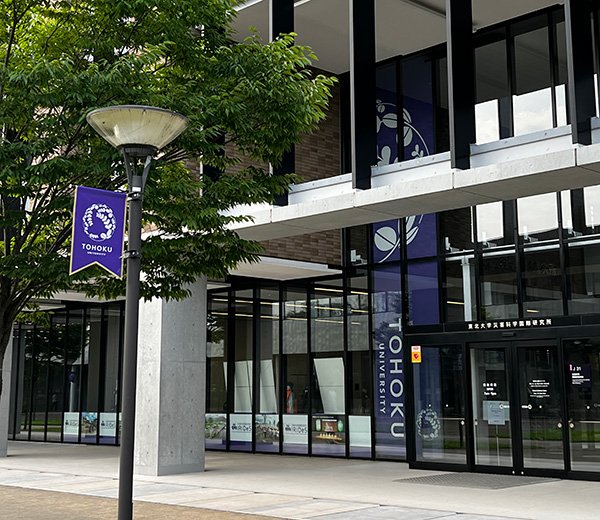
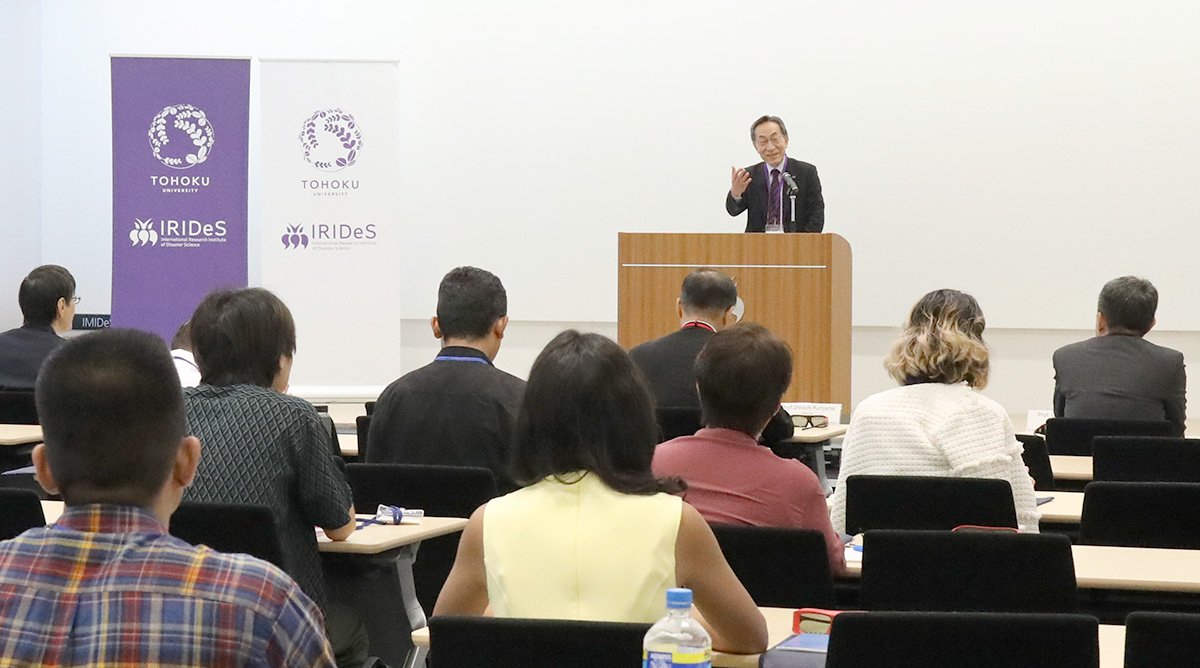
In his welcome speech, Tohoku University President Hideo Ohno highlighted the role that the university has played in the development of disaster science in the aftermath of the Great East Japan Earthquake and Tsunami.
"As a comprehensive university that experienced the 2011 earthquake and tsunami, we have a strong responsibility to share our experience and knowledge in disaster science, as well as the experience and knowledge of others, in order to reduce disaster risks and make our global society more resilient."
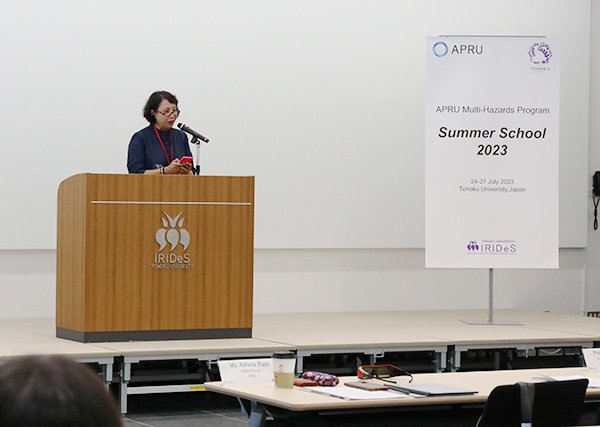
In her speech, Adriana Rojas, Senior Director of Networks and Student Programs at the APRU International University Centre, urged all participants to learn as much as possible from each other, and to "open all your senses with love, compassion and empathy."
She added that "after this summer program, our responsibility will be to return to our places and spread the message of what we learnt during these unforgettable days. Today's challenges are too complex to solve alone, but by acting together, there is almost no limit to what we can accomplish."
In the first three days, participants attended lectures about the lessons learnt from the Great East Japan Earthquake and Tsunami through various perspectives, including urban planning, health and disaster management, and the importance of preserving historical materials.

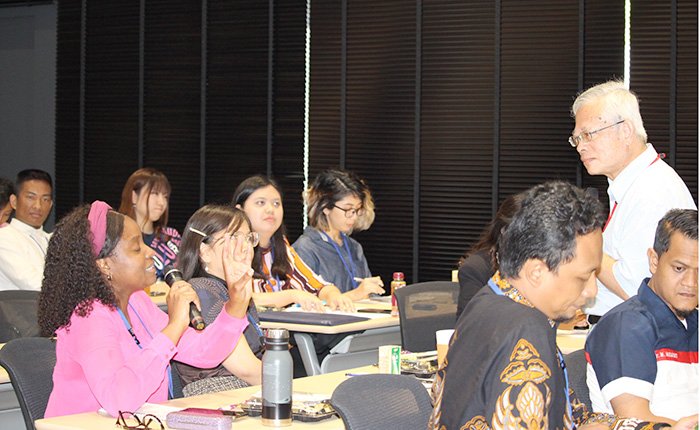
They also heard from myriad stakeholders such as local governments, academics and non-governmental organizations directly involved in the region's recovery efforts.
"The 2011 earthquake in Japan is one of the great examples of a big disaster and cascading hazards," said Shakti Raj Shrestha from Uppsala University. "My work is related to cascading hazards so this is a good opportunity to learn how one hazard can cascade into another and how different response, recovery, mitigation needs are required for each."
The groupwork sessions on the second and third days were an opportunity to bring together opinions and expertise from different countries, cultures and academic disciplines.


Participants met in small groups, introduced their research work and discussed how interdisciplinary joint-research can contribute to addressing current global issues.
"Everyone here has different backgrounds," said Lea Serrano from the University of the Philippines. "It was very interesting to see how all the differences complement each other and turn into something that can positively contribute to society,"
Bipul Neupane from the University of Melbourne agreed. "My research area is in AI and mapping, and I found out that my research can be applied in many different ways, to oceanography, to response teams, managing supply chains, all within the umbrella of disaster."

On the fourth and final day, the participants went on a field trip to a disaster reconstruction and recovery museum in Higashi Matsushima City, where they watched a video about the Great East Japan Earthquake and Tsunami and viewed exhibits and photos of the damage.
"It was a good experience for survivors like myself, to remember what it was like in 2011, and for others to learn about that time from a survivor's point of view," said Haruna Kato, a graduate student at Tohoku University's International Strategy for Disaster Mitigation Laboratory.
The field trip also included a visit to Kadonowaki Elementary School, which was destroyed by the tsunami; and a local family's storehouse in Ishinomaki City. "It was good to tour the sites with the other participants, so that we could share with each other things that we would not have noticed on our own," Kato added.

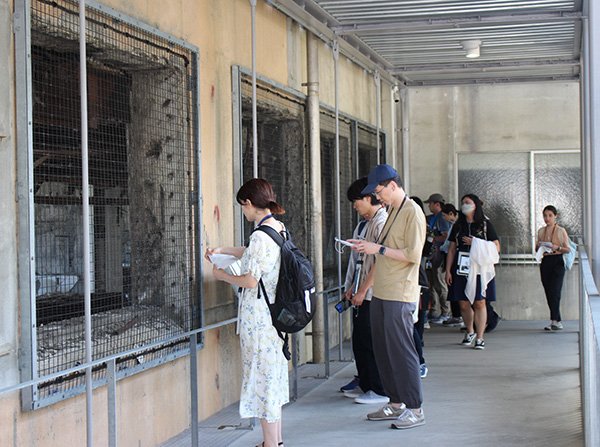
The Multi-hazards Programme was initiated in 2013 by the Association of Pacific Rim Universities (APRU) and Tohoku University to address the threat of frequent natural disasters in the infamous Ring of Fire - the seismically active belt of volcanoes and tectonic plate boundaries that fringes the Pacific basin.
In addition to organizing the annual summer school, IRIDeS has also hosted the programme's secretariat since its inception.
Contact:
Takako Izumi
Director, APRU Multi-hazards Programme
Professor, International Research Institute of Disaster Science (IRIDeS)
Tohoku University
Email: izumi irides.tohoku.ac.jp
irides.tohoku.ac.jp

